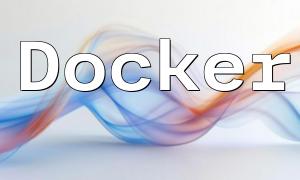In PHP development, Object-Oriented Programming (OOP) is a common and efficient programming paradigm. To make code more maintainable and extensible, design patterns are often introduced. This article explores the Simple Factory Pattern in PHP and demonstrates how it enables seamless object switching and replacement through practical examples.
The Simple Factory Pattern is a creational design pattern that provides a way to encapsulate object creation logic inside a separate factory class. The factory decides which class to instantiate based on given parameters, while the client only needs to call a static method of the factory without knowing the details of object creation. This approach decouples object creation from usage, enhancing flexibility and maintainability.
The following example demonstrates how to implement the Simple Factory Pattern in PHP. Suppose we have an abstract class Animal and two concrete classes Cat and Dog. We want to create different objects based on input parameters.
<?php
abstract class Animal {
abstract public function sound();
}
class Cat extends Animal {
public function sound() {
echo "Meow Meow";
}
}
class Dog extends Animal {
public function sound() {
echo "Woof Woof";
}
}
class AnimalFactory {
public static function createAnimal($type) {
switch($type) {
case 'cat':
return new Cat();
case 'dog':
return new Dog();
default:
throw new Exception('Invalid animal type');
}
}
}
// Example usage
$cat = AnimalFactory::createAnimal('cat');
$cat->sound(); // Output: Meow Meow
$dog = AnimalFactory::createAnimal('dog');
$dog->sound(); // Output: Woof Woof
?>In this example, Animal is an abstract class defining a common method sound(). The Cat and Dog classes extend it and provide their own implementations. The AnimalFactory class is responsible for creating instances of these objects. By simply calling AnimalFactory::createAnimal() with the desired parameter, you can easily obtain the corresponding object.
The main advantage of using the Simple Factory Pattern is the separation of object creation from its use, which significantly reduces coupling between classes. This makes it easier to replace or extend object types without modifying client-side code. It also keeps the code structure cleaner and easier to maintain or test. When business requirements change, you can simply update the factory class without affecting the rest of the system.
The Simple Factory Pattern is particularly useful in the following scenarios:
However, as a project grows more complex, the factory class can become large and difficult to maintain. In such cases, it may be better to use more advanced patterns like the Factory Method Pattern or the Abstract Factory Pattern for better scalability and structure.
By using the PHP Simple Factory Pattern, developers can easily implement seamless object switching and replacement. This pattern decouples object creation from usage, resulting in cleaner, more flexible, and maintainable code. When applied properly, it helps manage object instances efficiently and improves the overall maintainability of PHP applications.









